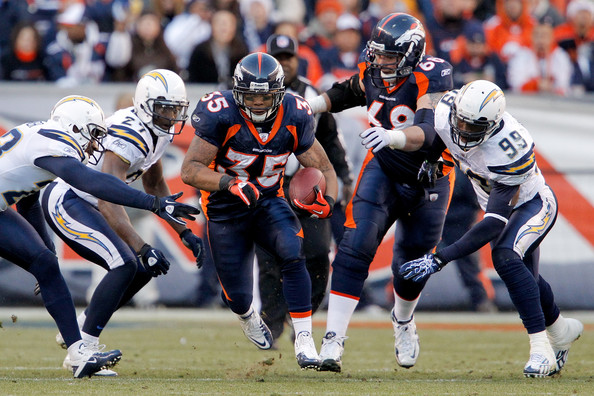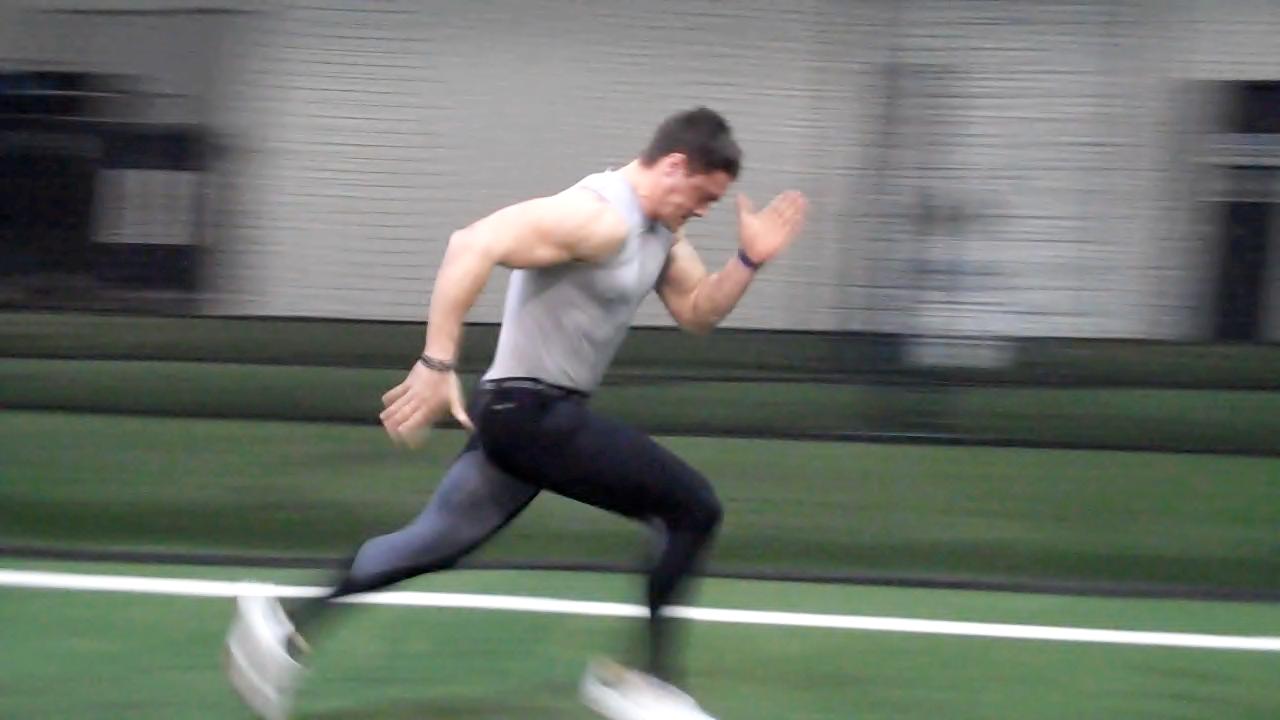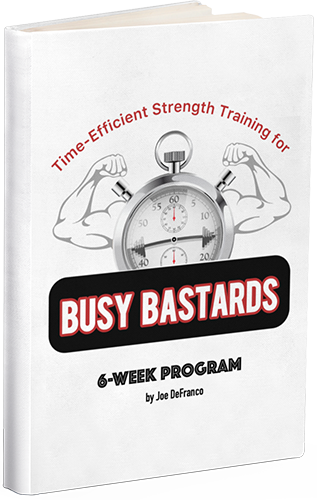
Q: Joe I loved your recent blog post about the heavy sled sprints. You answered the question in a way that really made sense to me and taught me a lot. After reading that blog post I wanted to ask you if you ever incorporate form running drills into your programs for your non track athletes? I think I understand your philosophy of strength work (including resisted sprints) but whats your philosophy on coaching proper running mechanics for your football and baseball players as well as other non track guys? Does it have its place or is it a waste of time? Really hope I hear back from you coach..your input is always educational.
Eric
A: Eric,
Yes, “form running” does have its place in the training of non-track athletes. Even though non-track athletes rarely run at full speed in a straight line; we’ve found that increasing their maximal outputs (with the help of technical speed training) has a positive impact on their “operational outputs” when playing their sport. (This topic will be covered in-depth in our upcoming dvd, SPEED.) The real question is — how much time should we dedicate to ‘form running’ and how technical should we get when coaching it?
The time spent on form running and sprint technique will be determined by the individual athlete and their goals, sport, position, time of year, etc. Generally speaking, I’ve spent the most time during my career teaching running mechanics to younger athletes and athletes that are preparing to get tested.(Examples: football players preparing for a Combine or baseball players preparing for a showcase, etc.)

This doesn’t mean I only coach sprint technique to athletes that fit into the two categories mentioned above. I am constantly shouting out cues to all of my athletes when they run – regardless if they’re training for a combine or not. I feel that every coach should be able to teach the key technical components of acceleration, top speed and change of direction to their athletes. But, the key to being an effective (speed) coach lies in your ability to NOT over-coach technique — especially with non-track athletes! You must stick with ONE coaching cue at a time; it should be easy to understand/perform and have a high carryover to improving speed. Remember this statement: “SPEED KILLS, but over-coaching KILLS SPEED.” -Joe D.
With non-track athletes, I take somewhat of a conservative approach with regards to coaching “perfect” sprinting technique. One of the key aspects of being a successful (speed) coach lies in your ability to distinguish the difference between “bad form” and an athlete’s individual idiosyncrasies. As coaches, we must remember that athletes have different limb lengths, muscle insertion points, bodyfat levels, muscular adaptations from their sport, etc. All these factors will lead to different sprinting techniques. In other words, proper sprint technique can NOT be a “one size fits all” approach. So if your athlete’s technique is a little “off”, yet he/she is running without pain and they’re fast – leave them alone! Don’t waste time and energy nit-picking miniscule details for non-track athletes. They have enough other things to worry about with the technical aspects of their sport.
Stick to coaching the most important (yet basic) aspects of sprint technique; but remember… If it aint broke, don’t fix it!
-Joe D.
———-
Having difficulty with your sprint technique?
Can’t hold the proper angles when accelerating or running at top speed?
Can’t change direction quickly?
A weak “core” may be your problem and here’s the SOLUTION…
Hard:CORE – Over 260 exercises guaranteed to improve stability, strength & speed!






Comments